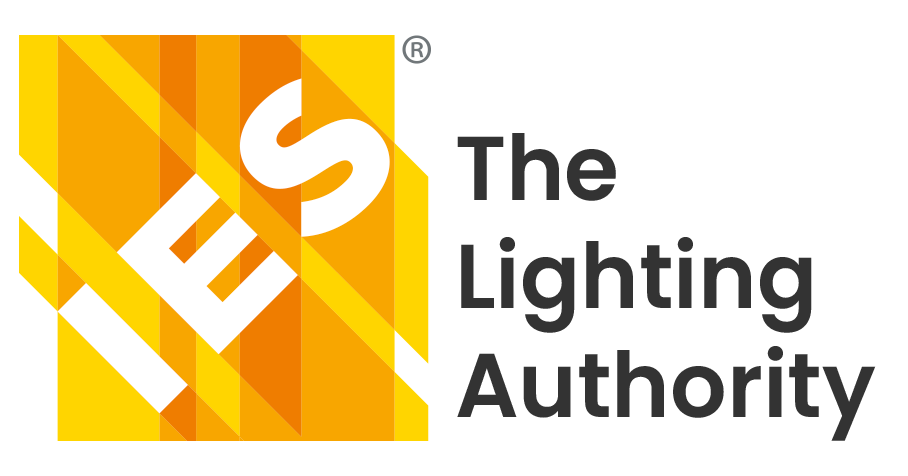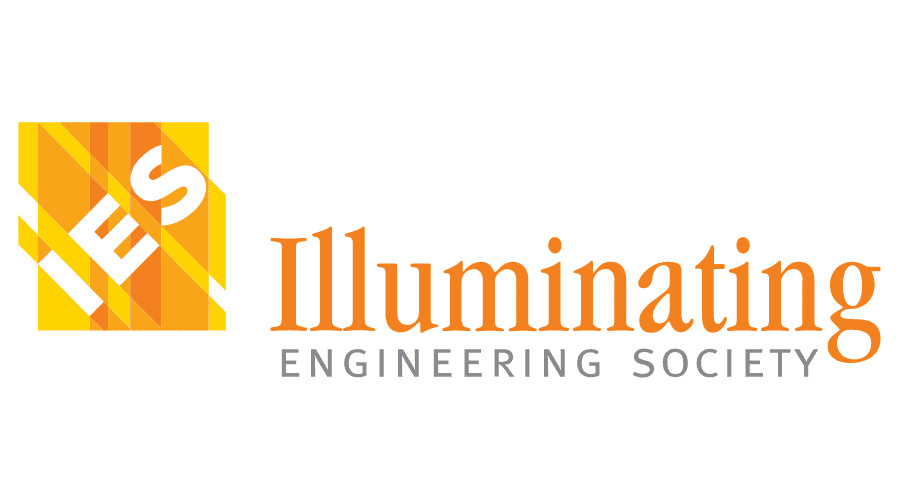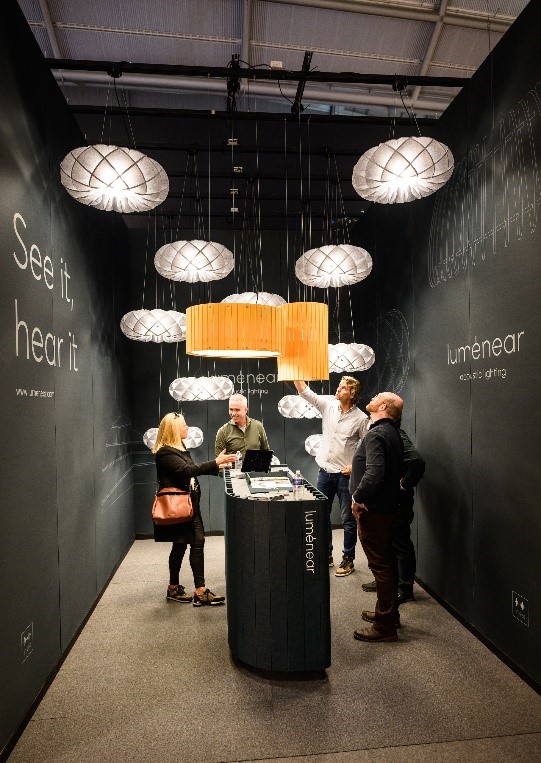Editorial Disclaimer
The views expressed in articles published on FIRES do not necessarily reflect those of IES or represent endorsement by the IES.
By Jennifer Long, PhD
Jennifer Long Visual Ergonomics, Katoomba NSW, Australia
In his editorial “Is there a science of lighting design?” Peter Boyce observed, “the lighting designer who can deliver a solution that matches peoples’ preferences is likely to be successful.”1 But how does one accurately establish a person’s preferences? Do lighting preferences equate to the needs and requirements for the visual environment?
Boyce also argues that there is an inevitable gap between the science of lighting, which is characterised by quantification, and the art of lighting design, which tends toward subjectiveness.1 This view is shared by others—for example, Volf,2 who cautions against only viewing light as a measurable factor because it does not take into account the user experience of light.
I argue that the gap between the science and art of lighting design is NOT inevitable. There is a way to reduce the gap, and hence improve lighting design outcomes. This is through lighting designers and lighting engineers working with visual ergonomists during the design and build phase of a lighting installation.
Hold on, I hear you say!!! Isn’t ergonomics all about function? If an ergonomist has their hand in lighting design, then people might be able to see, but then the lighting will be ugly!
No. This could not be further than the truth. Let me explain.
What is visual ergonomics?
The International Ergonomics Association defines ergonomics as “the scientific discipline concerned with the understanding of interactions among humans and other elements of a system, and the profession that applies theory, principles, data, and methods to design in order to optimize human well-being and overall system performance.”3 Visual ergonomics is a sub-specialty of ergonomics, concerned with the visual environment and with visual function and performance.4
Ergonomics is a holistic discipline. The key tenet of ergonomics is that it considers the interactions between people and their environment. It does not only consider physical factors (such as the amount of lighting), but also cognitive factors (such as visual perception) and organisational factors (such as the impact of lighting on satisfaction, productivity, and fatigue).
How can lighting design benefit from visual ergonomics input?
Lighting designers are often given a brief for the lighting requirements of a space by an architect or by the business requesting the work. But where does the information for the brief originate? Is it simply a list of requirements so that the lighting design complies with the relevant lighting and building standards? Or has the business consulted with the end-users who will occupy the space to find out what they need or require?
An ergonomist with expertise in visual ergonomics applied to the built environment can add value to the lighting design process. For example:
- Ergonomists can work with the end-users and key stakeholders to determine the functional requirements of the space. They can also explore the “softer” aspects, for example, what the occupants like or don’t like about the current lighting and what they might like to see in the new design.
This is a process I have been successfully engaged in with an architect and a generalist ergonomist to provide very early schematic design advice for the design of control rooms.5 We frequently collaborate with electrical and mechanical engineers, acoustic consultants, industrial designers, and information technology professionals, just to name a few—but very rarely with lighting designers or lighting engineers.
We believe the process could be enhanced if lighting designers (and/or lighting engineers) are also actively involved. They would gain a better understanding of the decisions underpinning the very early schematic design advice, and this would assist them to create a lighting design that fulfils the functional and aesthetic requirements of the space.
- Ergonomists are trained to translate scientific knowledge into practice. Therefore, a visual ergonomist can work with the key stakeholders and end-users—as well as the lighting designer and/or lighting engineer—to help them develop design solutions that marry art AND science.
- Ergonomists are often asked to provide advice to improve the function and usability of a space that has design faults. Therefore, ergonomists generally have a good sense of what DOESN’T work well in an environment.
If a lighting designer (and/or lighting engineer) were to collaborate with a visual ergonomist BEFORE the design and installation of a lighting system, then the ergonomist might be able to identify potential issues that could affect the visual comfort and ability of the occupants of the space. This would provide the opportunity to design-out lighting problems before they are built into the system.
What can go wrong if lighting designers don’t work with visual ergonomists?
Unfortunately, lighting designers and lighting engineers are very rarely “in the room” for the very early design discussions we have had for our work with control room design. The lighting professional is usually contracted to work during a later stage of the design process, and the basis for the very early schematic design advice is not communicated to them. Or, if the advice is communicated, then it may be viewed as “just a functional requirement,” distinct from the overall “look” of the space.
Consequently, we have seen, and have been called in to correct, some very interesting designs that have failed to meet functional (and preferred) requirements of control room operators. For example, pendant lamps that obscure lines of sight to digital wall boards, when there is a requirement for operators to be able to see the wall board. Or linear extrusion lighting that looks spectacular on the ceiling but which is visible as a perfect specular reflection on the computer displays in the room. In the latter example, the only solution available to the operators was to switch off the ceiling lighting so that there were no longer reflections on the computer displays. This meant working in a room that was dark like a cave, punctuated with desk mounted task lamps to provide the required light at the consoles.
Case Study: Collaboration in Action
Control room redesign was a priority for the power station.
Lighting was one issue that required attention. The ceiling luminaires created reflections on computer displays, rendering them difficult to read, and posed a direct glare source for operators. The light from the luminaires did not light the consoles evenly, if at all. The lighting was also non-adjustable, yet operators had a variety of visual needs and preferences. One-size-fits-all lighting didn’t fit anyone!
Communication between the project manager, architect, lighting supplier, and electrical engineer was integral to a successful outcome. It ensured that the lighting requirements for the control room operators, articulated in a report by the visual ergonomist, were heard. These requirements were translated to appropriate lighting product selection and photometrics, and the recommended product was installed during the building phase. The solution was well received by the operators: a combination of indirect and direct lighting, located above the consoles to light the console but not create reflected or direct glare, with independent adjustability according to work zones within the room.
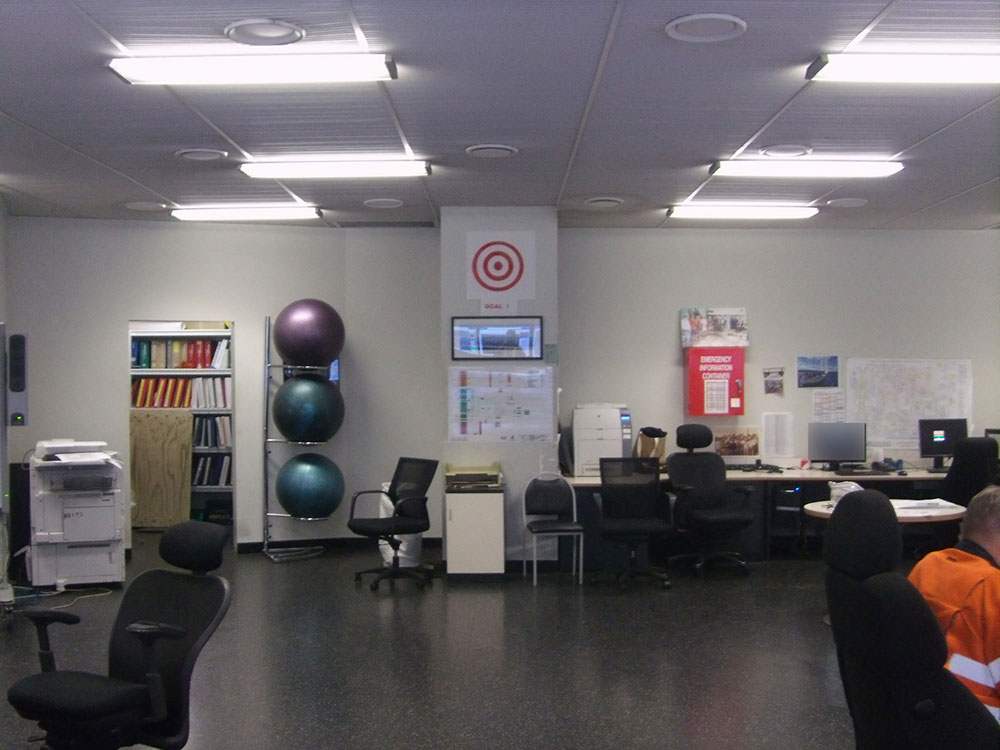
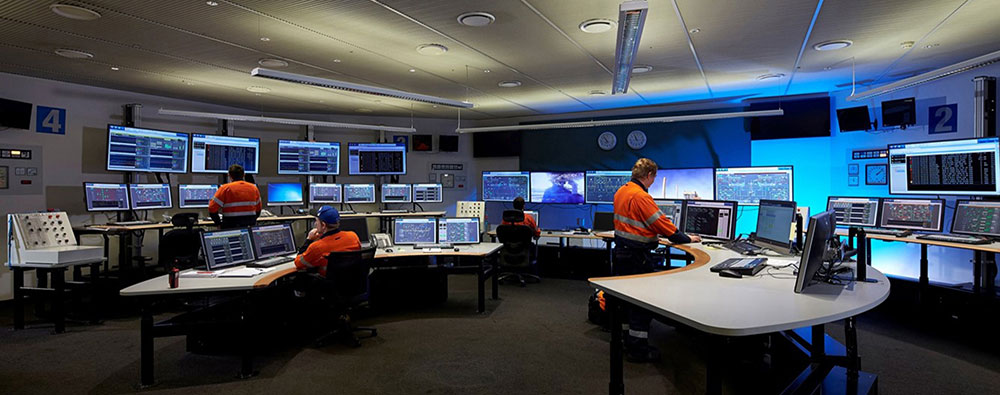
Let’s work together
There doesn’t need to be a great divide between the science and art of lighting design. Aesthetics and function must co-exist for a satisfactory lighting solution.
The bridge between this gap is visual ergonomics.
If lighting designers (and lighting engineers) collaborate with visual ergonomists, then this will increase the likelihood of a successful design solution—and in the words of Boyce, increase the success of the lighting designer.
References
- 1 Boyce P. Editorial: Is there a science of lighting design? Lighting Research and Technology. 2019;51:329.
- 2 Volf C. Light and the aesthetics of the perception. The Nordic Journal of Aesthetics. 2010;22:40-41.
- 3 International Ergonomics Association. Visual Ergonomics. https://iea.cc/what-is-ergonomics/. (Accessed 2020 Jul 9).
- 4 International Ergonomics Association. Human Factors/Ergonomics (HF/E). Online: https://iea.cc/member/visual-ergonomics/. (Accessed 2020 Jul 9).
- 5 Long J, Ockendon R, McDonald F. Visual Ergonomics in Control Rooms – An example of creativity in practice. IEA2018, AISC 827; 2019; Florence, Italy.
